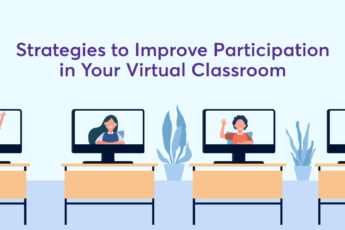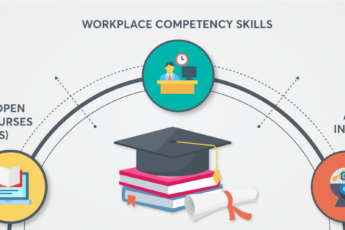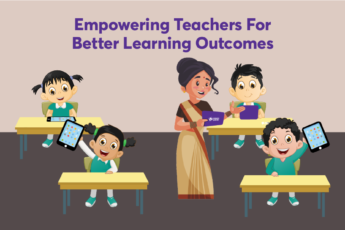Inspiring Project-Based Learning Examples to Spark Student Creativity
As an increasingly popular teaching approach, project based learning (PBL) has been making waves in the educational landscape. By actively engaging students in exploring and resolving real-world problems, learners connect to their subjects better. Integrating projects into the curriculum enables students to delve into their interests, tackle intricate issues, and easily understand concepts. All in all, this approach is designed to nurture creativity and cultivate critical thinking and collaboration skills.
Tapas, India’s premier 100% project based learning school, offers personalized education. The students are well aware of real-world problems and the school is preparing them for future challenges. All things considered, this enjoyable and relevant approach is centered around the STEAM-focused Cambridge Syllabus. The syllabus is skillfully adapted by educators to create a holistic and interconnected learning experience for students.
Project-based education is grounded in practicality, emphasizing real-life projects and case studies. After all, it provides students with hands-on experience and cultivates skills applicable in their future workplaces. This practical approach yields viable solutions, increasing their likelihood of real-world success. Lets take a look at examples to ignite creativity among students:
💡Community Garden Project
One excellent example of a project based learning activity is creating a community garden. This project allows students to research, plan, and execute the creation of a park in their school or local community. Students can work together to determine the best plants to grow, create a garden layout, and develop a maintenance plan. This project teaches students about horticulture and environmental science and fosters a sense of community and responsibility.
💡School Newspaper or Magazine
Creating a school newspaper or magazine is another excellent PBL opportunity. Students can take on various roles, such as writers, editors, photographers, and designers, to produce a publication representing their school community. All in all, the circular can cover relevant topics such as school events, student achievements, current affairs, and even investigative pieces.
For execution, students should conduct thorough research to gather accurate information for their articles. This may involve interviewing teachers, students, and experts, as well as researching online and in libraries. All things considered, this creativity-based learning teaches students valuable skills in journalism, graphic design, and teamwork. In addition, it also provides a platform for them to express their creativity and voice.
💡Entrepreneurship and Business Planning
Inspire students to think like entrepreneurs by having them create their small businesses or products. Students can work in teams to identify a need in their community, develop a business plan, create marketing materials, and present their ideas to a panel of judges. This PBL activity teaches students about economics, marketing, and financial planning while also fostering creativity and innovation.
Entrepreneurship education allows students to explore their passions, take calculated risks, and learn from successes and failures. After all, creativity based learning cultivates an entrepreneurial mindset that values adaptability, perseverance, and the ability to identify and seize opportunities.
💡Environmental Awareness Campaign
Encourage students to become environmental advocates by creating an awareness campaign about a specific environmental issue, such as plastic pollution, deforestation, or climate change. Students can research the topic, develop educational materials, and plan events or activities to raise awareness and inspire action within their school or community. Examples include organizing a plastic clean-up drive, hosting guest speakers or workshops on plastic pollution, arranging film screenings followed by discussions, or conducting a plastic-free challenge within the school.
💡Conducting Scientific Investigations
Science projects are a classic example of PBL that sparks student curiosity and creativity. Assign students a scientific investigation where they can explore a topic of their choice through hands-on experiments, data collection, and analysis. All in all, this project based approach promotes scientific thinking, research skills, and the application of the scientific method. Whether it’s studying the effects of pollutants on plant growth or investigating the principles of motion, students can actively engage in the process of scientific discovery.
The Bottom Line
Square Panda India brings real-life context and technology to the curriculum through a project based learning approach, enabling students to become independent workers, critical thinkers, and lifelong learners. By engaging in hands-on projects, students gain practical experience, develop essential skills, and discover the joy of learning that extends far beyond the classroom.




Leave a Comment